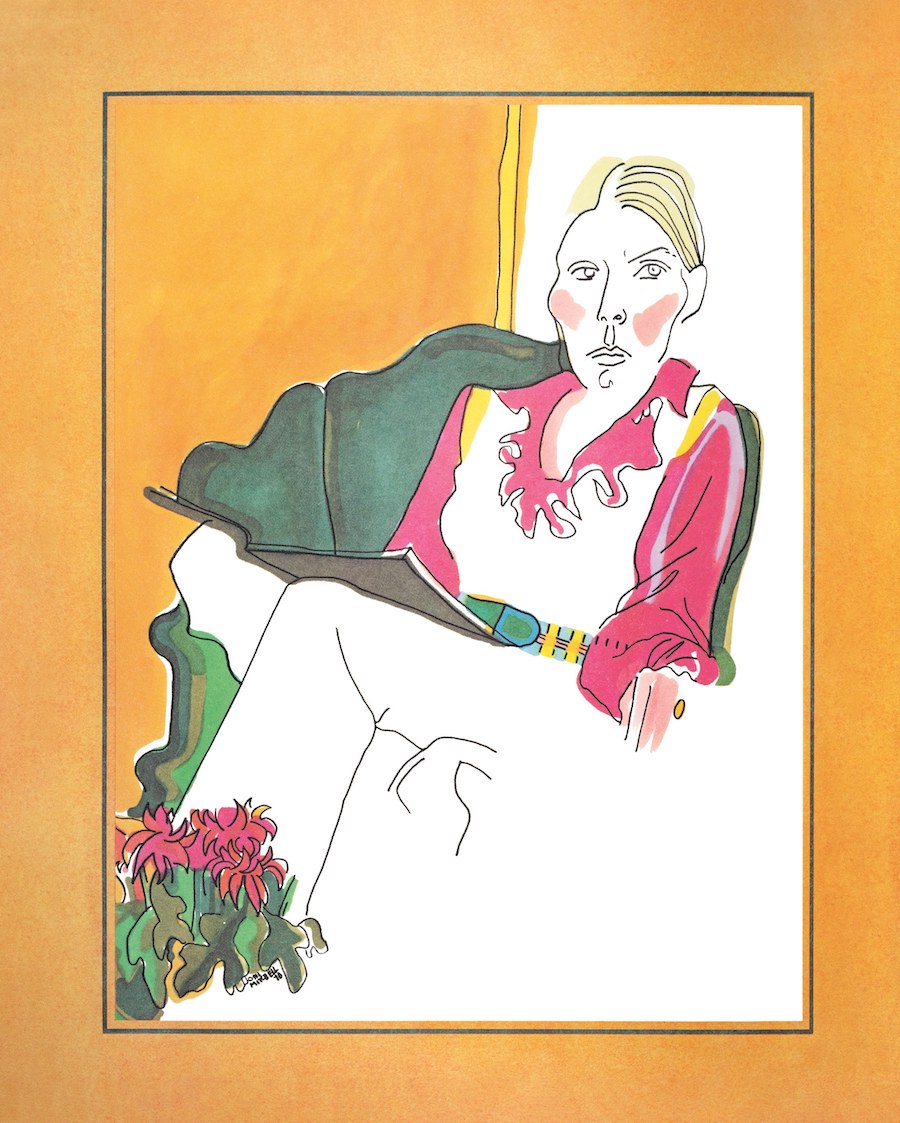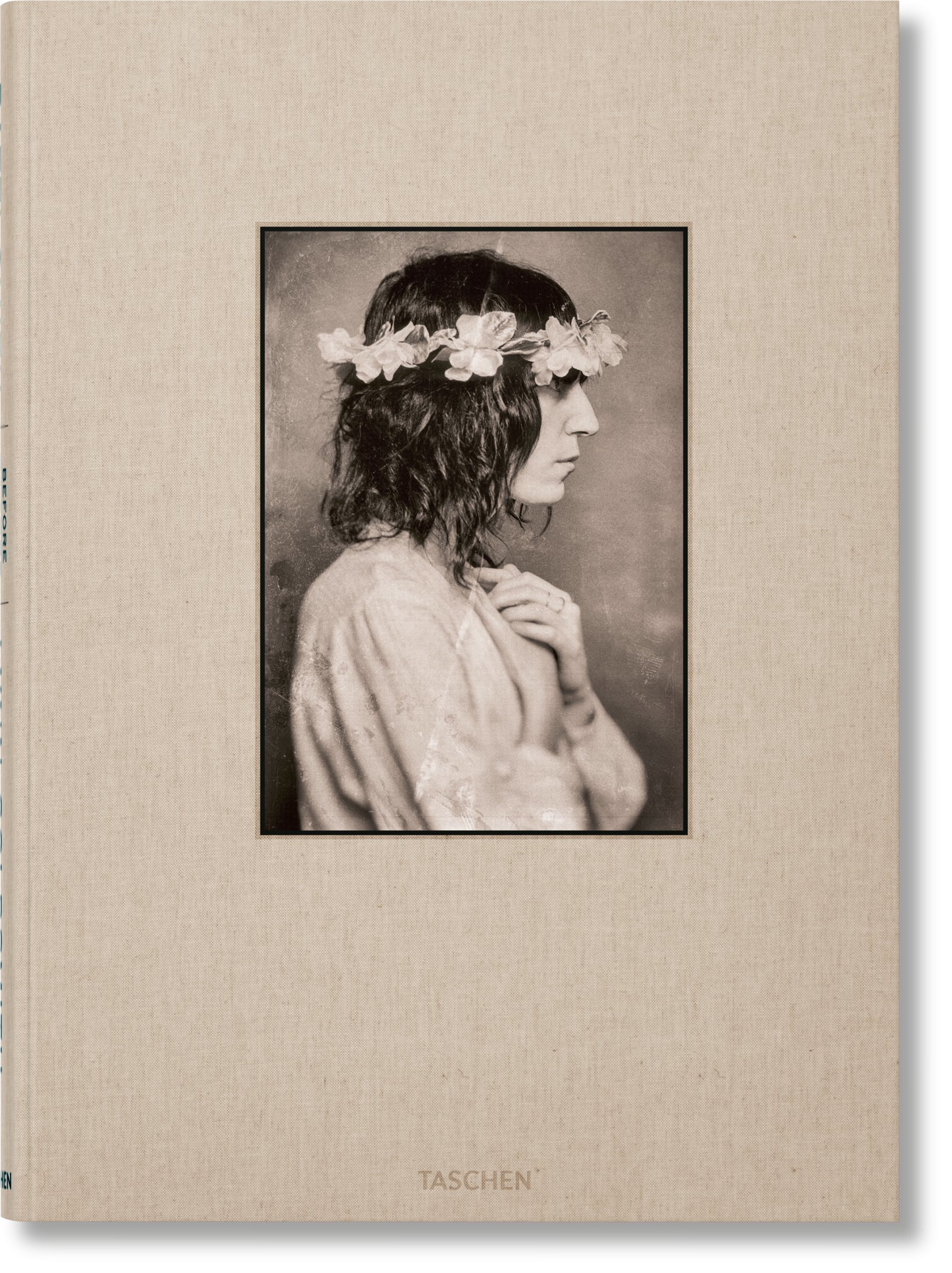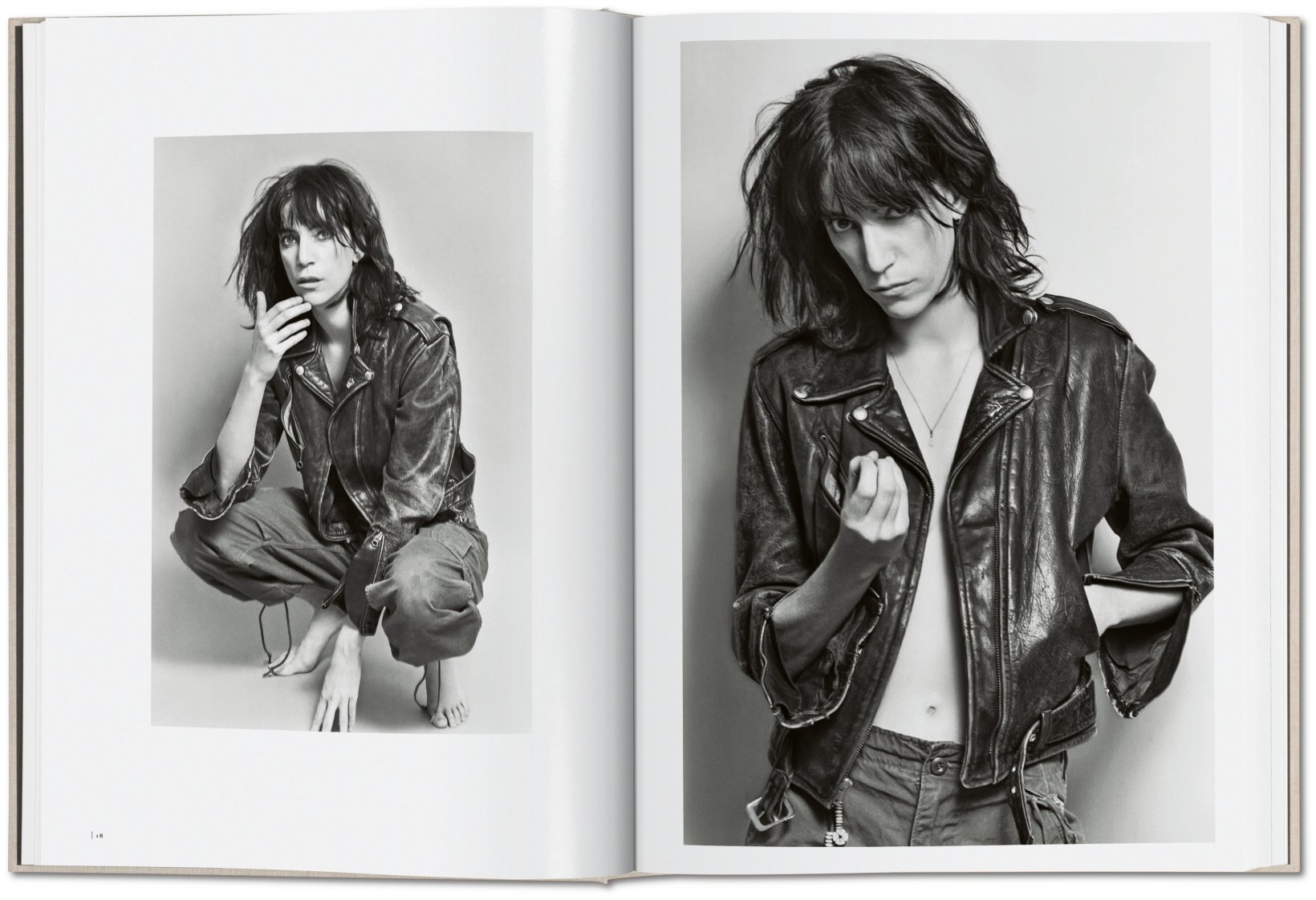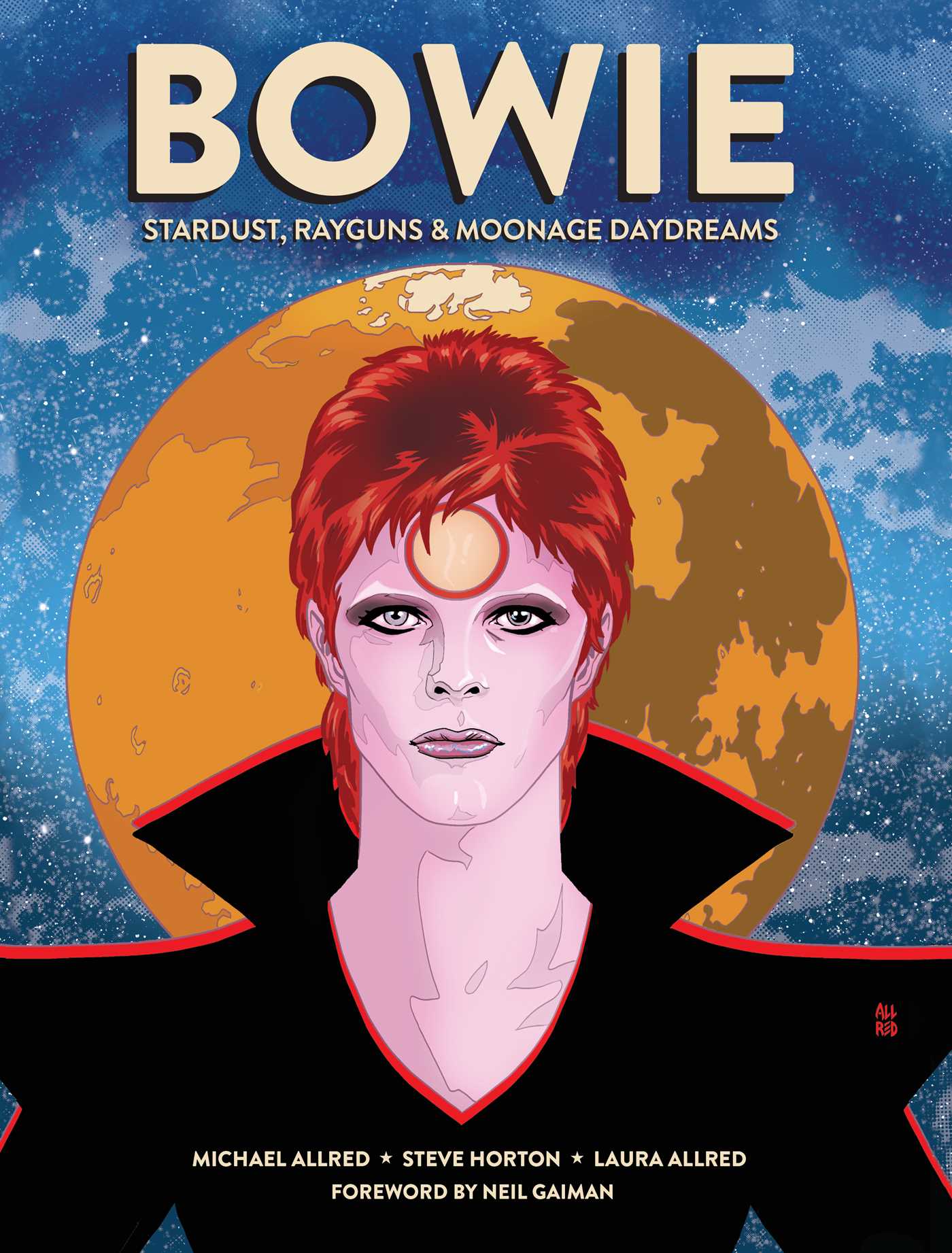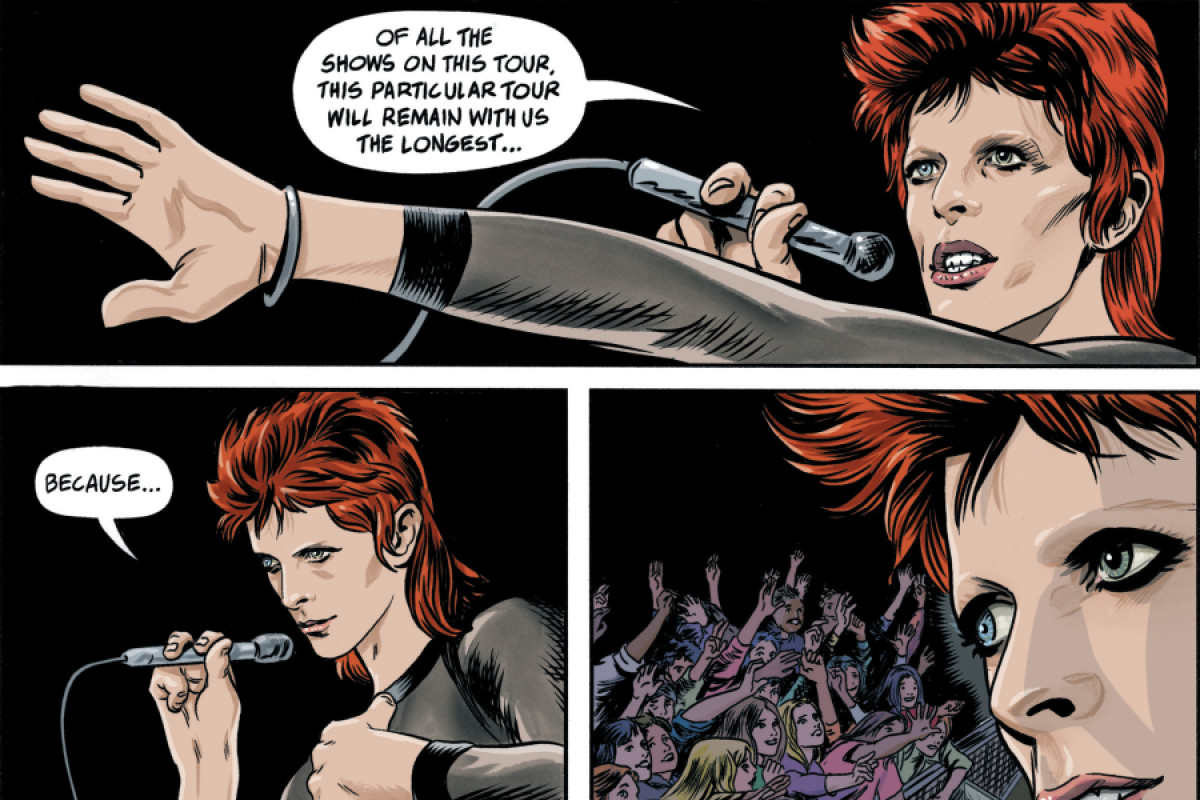‘We’re gonna do for TV what FM did for radio’–Mark Goodman, the first ever MTV VJ.
When I was growing up, MTV was that rare commodity. Not all cable providers had it, and those that did charged an extra fee to get it. That meant there were certain kids in school that we were friends with just because their parents had it. (Sorry Tom, no hard feelings!)
This exhaustive (and sometimes exhausting) YouTube playlist offers 710 videos that were staples of the channel in its 1980s heyday, right through the ‘90s when it slowly morphed into a lifestyle channel and VH‑1 and then M2 picked up the slack of endlessly rotating memories.
Music videos had been around long before MTV. From Scopitones to the Beatles’ promo films for “Penny Lane” and such, visuals and pop music were natural allies. And through the ‘70s and early ‘80s, music programs mixed live studio performances with videos often. But not 24/7 often. And not, as the the first VJs proclaimed on August 1, 1981, in *stereo*. This was a big deal for a lot of people.
After introducing the crew one at a time–Mark Goodman, Alan Hunter, Martha Quinn, J.J. Jackson, and Nina Blackwood, all soon to become household names–the first video rolled: The Buggles’ “Video Killed the Radio Star.”
Early viewers soon discovered this however: MTV didn’t really have a lot of videos, and in that first year, certain ones got played more than their popularity deserved. (They seemed to play Saga’s “On the Loose” once every hour.) The other thing viewers noticed: there was a lot, a LOT of hard rock and Adult Oriented Rock as they used to say in radio marketing. After the new wave of the Buggles came Pat Benatar, Rod Stewart, REO Speedwagon, Styx, .38 Special, April Wine, Gerry Rafferty. (To be fair, there was also The Cars, Split Enz (!), and The Pretenders.
And then there were the predominantly white faces in all the videos. MTV was designed to appeal to rock fans and not, ahem, “urban listeners”. Electronic music, dance music, r’n’b, and other genres were noticeably absent. (It took public shaming by David Bowie and the undeniable pop juggernauts of Michael Jackson and Prince to change that.)
By 1982, the channel had expanded for many reasons. One of them was the amount of brilliant videos coming out of the UK, shot by directors who seemed to really get the potential of the art form. Tim Pope, Russell Mulcahy (who shot most of Duran Duran’s videos), and the duo of Annabel Jankel and Rocky Morton brought in a knowledge of film history, animation, and surrealism to their videos, which complemented the mix and match fashion of the New Romantics.
But on both sides of the Atlantic, artists were realizing the potential of the visual element to their entire identities. Plus, there was money. Lots and lots of money. (Some of it even went to the musicians!)
As the ‘80s came to a close, MTV had changed music culture for better and for worse. It had dedicated programs to rap music, to alternative music, to heavy metal, and turned Spring Break into a rite of passage. And there were still some good years left in it.
Music videos are everywhere on YouTube now, but atomized just like everything else. You forge your own path as you go down the rabbit hole. They still have the power to shock, like last year’s “This Is America” by Childish Gambino, or unite the country very briefly like “Old Town Road” by Lil NasX. But what is missing, really, is that repetition. We all knew what Michael Jackson looked like because “Billy Jean” and “Thriller” were on our TVs all the time. Same with Madonna. Now we know our stars from their social media, from their magazine spreads, from their live shows, and sometimes, just sometimes, from these little music films that used to be the center of the universe.
Watch the complete playlist of 700 early MTV videos here.
Related Content:
Watch David Bowie Take MTV to Task for Failing to Play Music Videos by Black Artists (1983)
Michel Gondry’s Finest Music Videos for Björk, Radiohead & More: The Last of the Music Video Gods
David Fincher’s Five Finest Music Videos: From Madonna to Aerosmith
Ted Mills is a freelance writer on the arts who currently hosts the artist interview-based FunkZone Podcast and is the producer of KCRW’s Curious Coast. You can also follow him on Twitter at @tedmills, read his other arts writing at tedmills.com and/or watch his films here.
